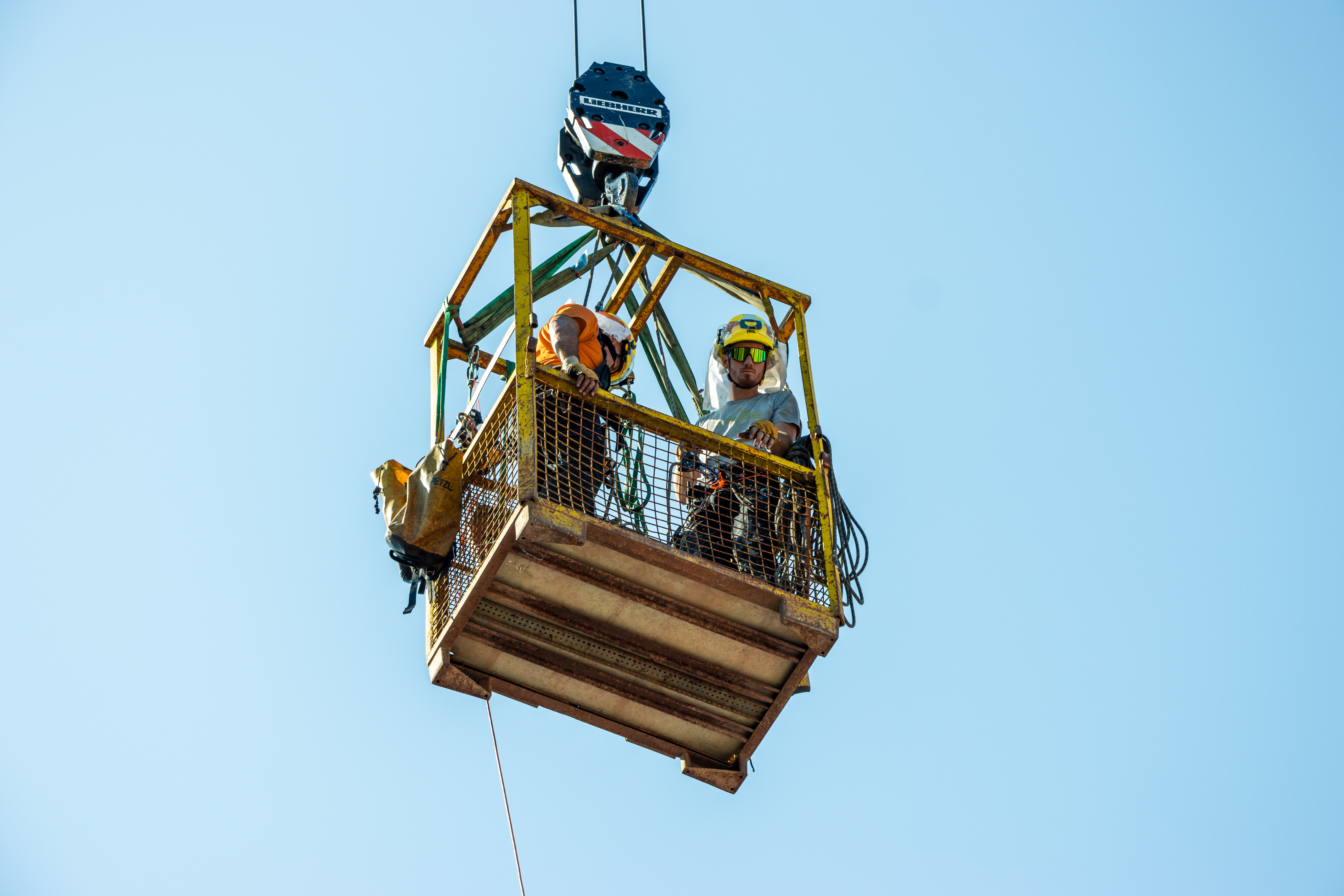Ensuring the safety and well-being of workers is a top priority for businesses and organizations across various industries. In this comprehensive guide, we delve into the world of fall protection systems, shedding light on their significance, types, installation, and the imperative role they play in safeguarding lives and enhancing workplace safety.
Understanding the Significance of Fall Protection Systems
Fall protection systems are the unsung heroes of workplace safety, offering a shield against potential hazards and accidents that may lead to severe injuries or fatalities. These systems are designed to protect workers who operate at heights, such as construction workers, maintenance personnel, and professionals working on rooftops or elevated platforms. The significance of fall protection systems cannot be overstated, as they serve as a lifeline for those who make a living working in high-risk environments.
Types of Fall Protection Systems
When it comes to fall protection systems, one size does not fit all. Different industries and working conditions demand distinct types of fall protection systems to ensure optimal safety. Here are some of the most common types:
1. Guardrail Systems
Guardrail systems are a popular choice for providing passive fall protection. These sturdy barriers are installed around the edges of elevated work areas, preventing accidental falls. They are an excellent choice for long-term projects and areas with high foot traffic.
2. Safety Net Systems
Safety net systems are typically used in construction projects. They consist of nets placed below work areas to catch workers in the event of a fall. Safety nets provide a practical solution when guardrails are not feasible.
3. Fall Arrest Systems
Fall arrest systems are designed to stop a fall in progress. They include components like harnesses, lanyards, and anchors. These systems are widely used in industries where workers need to move freely while remaining connected to a secure anchor point.
4. Cable-Based Systems
Cable-based fall protection systems are versatile and ideal for those who need to move horizontally along elevated work areas. These systems are commonly used in industries like window cleaning and maintenance.
Installation and Proper Use
The installation and proper use of fall protection systems are non-negotiable when it comes to ensuring workplace safety. The effectiveness of these systems hinges on their correct installation and adherence to safety guidelines.
Installation Guidelines
Hire qualified professionals for the installation of fall protection systems to ensure compliance with safety standards.
Regularly inspect and maintain the systems to identify and rectify any issues promptly.
Ensure that all components, such as harnesses and anchors, are in optimal working condition.
Proper Use
Provide comprehensive training to workers on the correct usage of fall protection equipment.
Insist on the use of personal protective equipment (PPE) like harnesses and helmets.
Enforce strict adherence to safety protocols and regulations at all times.
The Imperative Role of Fall Protection Systems
The importance of fall protection systems cannot be overstated, and their role in workplace safety is undeniable. Here are some of the ways in which these systems contribute to a safer work environment:
Preventing Injuries and Fatalities
Fall protection systems are designed to stop falls in their tracks or mitigate the impact of a fall. By doing so, they significantly reduce the risk of injuries and fatalities in high-risk industries.
Boosting Worker Confidence
Knowing that they are working in a safe environment with reliable fall protection systems in place boosts worker confidence. When workers feel secure, they are more focused and productive.
Legal Compliance
Occupational safety laws and regulations mandate the use of fall protection systems in various industries. Compliance with these regulations not only ensures safety but also prevents legal issues and financial penalties.
Enhancing Reputation
Businesses and organizations that prioritize workplace safety and invest in fall protection systems earn a positive reputation. This reputation can attract top talent and loyal customers, ultimately contributing to the company’s success.
In Conclusion
In the realm of occupational safety, fall protection systems are the backbone of ensuring that workers return home safely after their shifts. They come in various forms, each tailored to specific industry needs, and their proper installation and use are non-negotiable. The significance of these systems in preventing injuries and fatalities, boosting worker confidence, ensuring legal compliance, and enhancing reputation cannot be overstated.
















